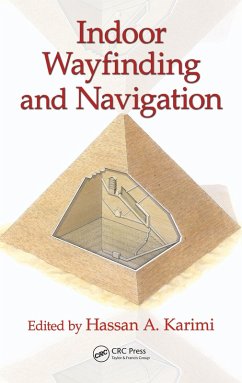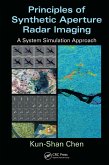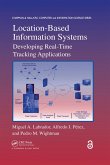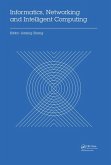Due to the widespread use of navigation systems for wayfinding and navigation in the outdoors, researchers have devoted their efforts in recent years to designing navigation systems that can be used indoors. This book is a comprehensive guide to designing and building indoor wayfinding and navigation systems. It covers all types of feasible sensors (for example, Wi-Fi, A-GPS), discussing the level of accuracy, the types of map data needed, the data sources, and the techniques for providing routes and directions within structures.
Dieser Download kann aus rechtlichen Gründen nur mit Rechnungsadresse in A, B, BG, CY, CZ, D, DK, EW, E, FIN, F, GR, HR, H, IRL, I, LT, L, LR, M, NL, PL, P, R, S, SLO, SK ausgeliefert werden.









